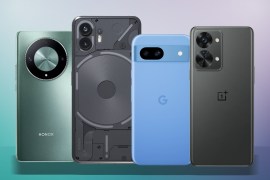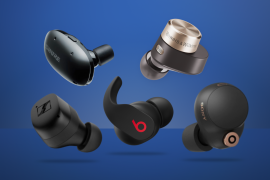iPhone 16 vs Pixel 9: which base level smartphone to pick?
Apple's brand-new iPhone 16 is set to cause some stiff competition against Google's Pixel 9. But which base-level smartphone is best?
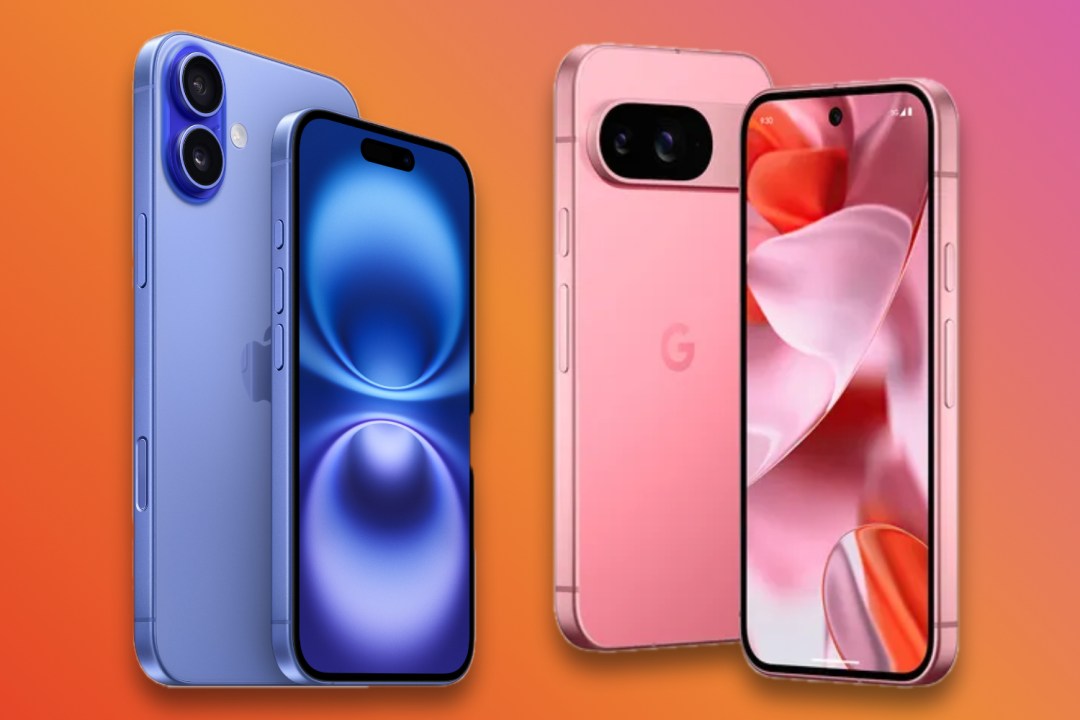
Now that Apple has officially unveiled the iPhone 16, the best smartphone race heats up once again. The iPhone 16’s top competitor is Google’s Pixel 9. Both devices are packed with powerful features, offering improved performance, cameras, and AI capabilities.
But how do the two biggest base-level smartphones stack up against each other? Let’s take a closer look at how the iPhone 16 compares to the Google Pixel 9.
Design & Display: Brighter vs stronger

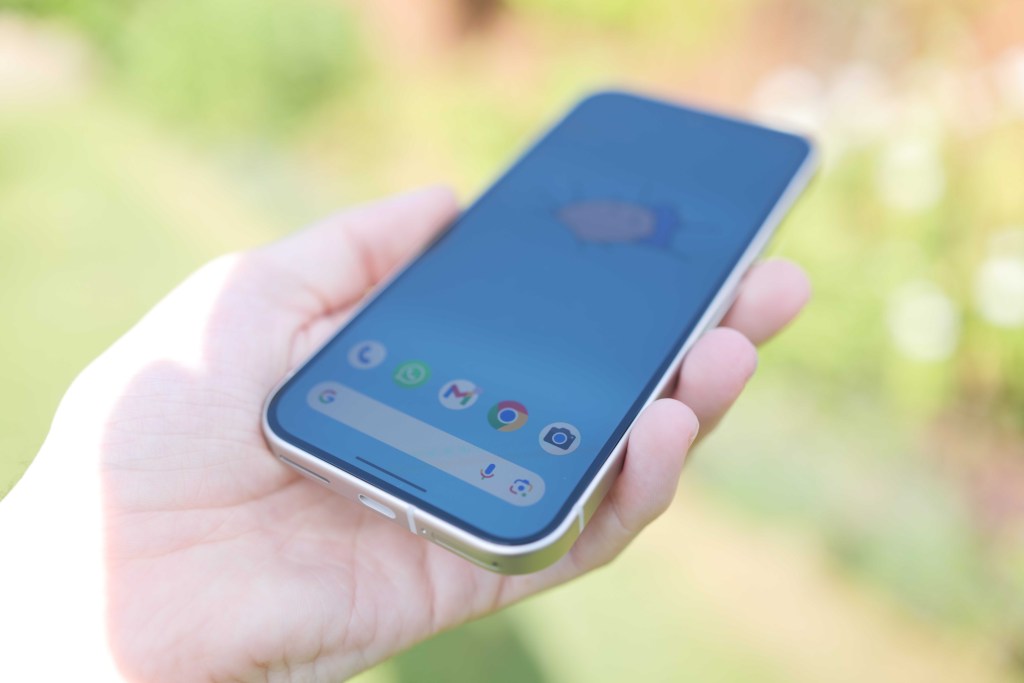
The iPhone 16 brings a familiar design but with notable improvements. It maintains a 6.1-inch display size, just like last year’s iPhone 15 model, but Apple has further toughened the front glass, which is now 50% stronger than the first-generation Ceramic Shield and twice as durable as normal glass. The display reaches a brightness of 2000 nits and can dim to as low as 1 nit for better visibility in any lighting condition. The ultra-slim bezels and 120Hz ProMotion display, however, remain exclusive to the Pro models. The iPhone 16 also introduces new colors, including ultra marine, teal, pink, white, and black, adding a splash of variety to the line-up.
The Google Pixel 9 sticks with its 6.3-inch Actua OLED display, slightly larger than the iPhone 16’s, and features improved brightness and skinny bezels compared to the Pixel 8. It hits a 2700-nit peak brightness, outshining the iPhone 16 in direct sunlight. The Pixel 9 supports a 60-120Hz variable refresh rate for smooth scrolling and better battery efficiency. Like the iPhone 16, it’s protected by Gorilla Glass Victus 2, which provides excellent scratch and drop resistance.
Performance: The battle of homegrown chips


The iPhone 16 is powered by Apple’s latest A18 chipset, which features a 6-core CPU that is 30% faster than the previous generation. The A18 chip includes a 16-core Neural Engine optimized for handling AI tasks, making it ideal for the new Apple Intelligence features integrated into iOS 18. This chip is built using second-generation 3nm technology, allowing for better power efficiency, resulting in improved battery life and faster performance across the board.
The Google Pixel 9, on the other hand, is equipped with the Tensor G4 processor, Google’s in-house chip designed specifically with AI in mind. While it may not match the raw power of Apple’s A18 chip, the Tensor G4 excels in real-world tasks that rely on AI-driven enhancements. Google claims that the Pixel 9 will see a 20% improvement in web browsing speeds and a 17% increase in app launch times compared to its predecessor, the Pixel 8.
Both phones are designed for efficiency and smooth multitasking, but the A18 edges ahead in raw performance.
Cameras: Tighter controls or generative AI
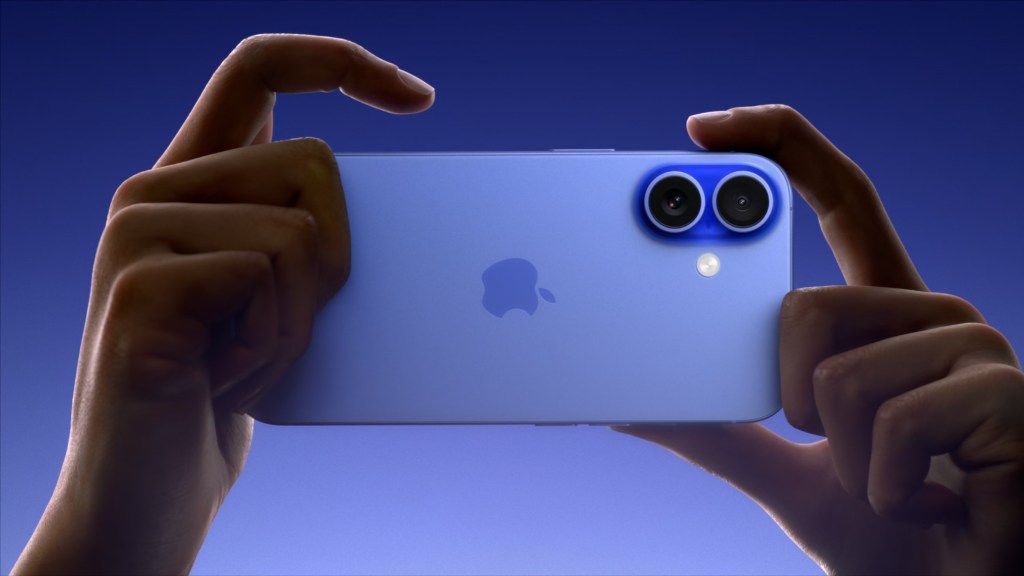
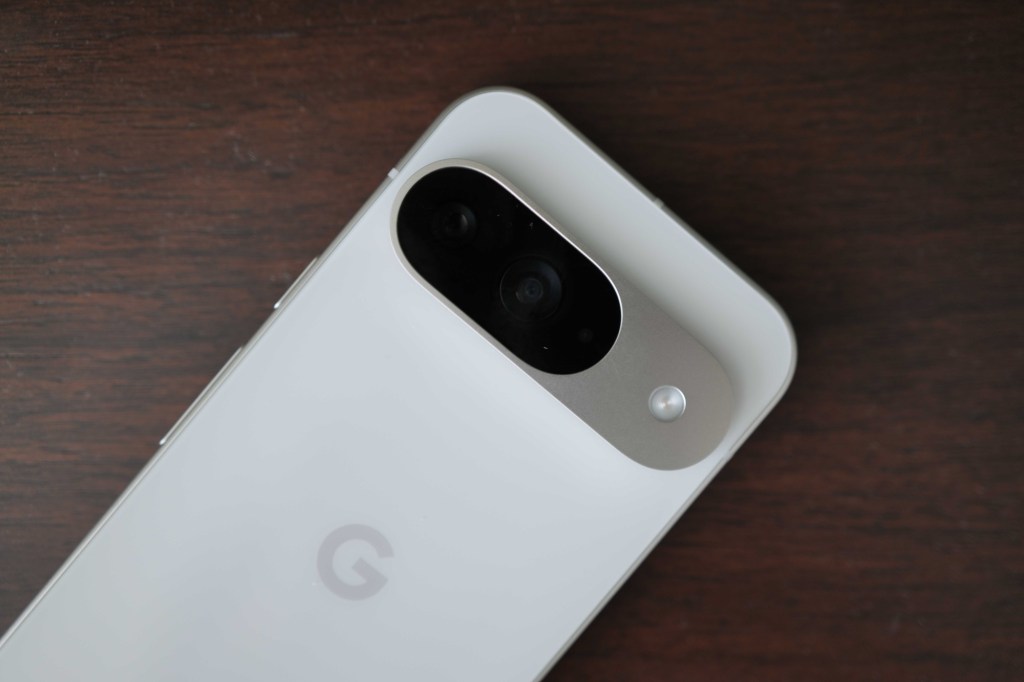
Apple’s iPhone 16 keeps the 48MP main camera with a faster aperture for better low-light performance. Apple’s new Camera Control Button gives you new options to launch and control the camera. It also introduces an exclusive feature called Visual Intelligence, which analyzes objects in real time, similar to Google Lens. This allows users to interact with objects directly from their photos, such as adding event details from a poster to the calendar. The iPhone 16 also introduces macrophotography from the Pro models and noise reduction in videos, enhancing its overall camera capabilities.
Google’s Pixel 9 also impresses with its photography prowess, bringing back the 50MP main sensor from the Pixel 8 and adding a 48MP ultrawide lens with macro focus. Like Apple’s Visual Intelligence, Google leverages its generative AI tools. But it offers so much more, including Magic Editor, which allows users to reframe photos and change backgrounds with text prompts. The Pixel 9’s Video Boost feature enhances low-light video capture, while the Add Me feature lets users insert themselves into group photos even after the photo has been taken.
Both phones offer powerful camera systems, but the choice depends on which AI-driven features appeal more. Apple’s new Camera Control system offers more immediate interactivity, while Google’s generative AI provides more post-shot editing flexibility.
Battery, Charging & Feautres: Things are pretty even
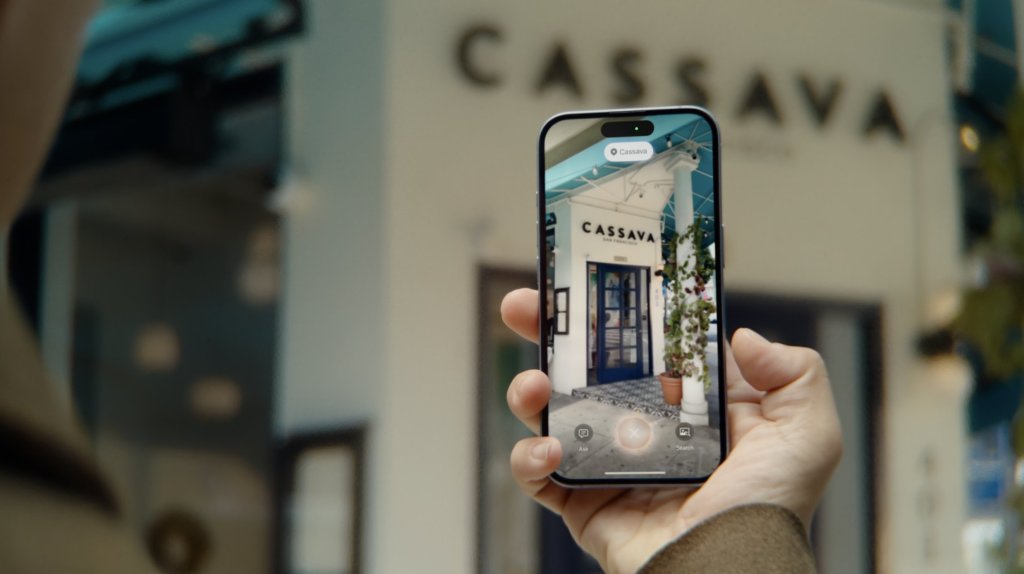
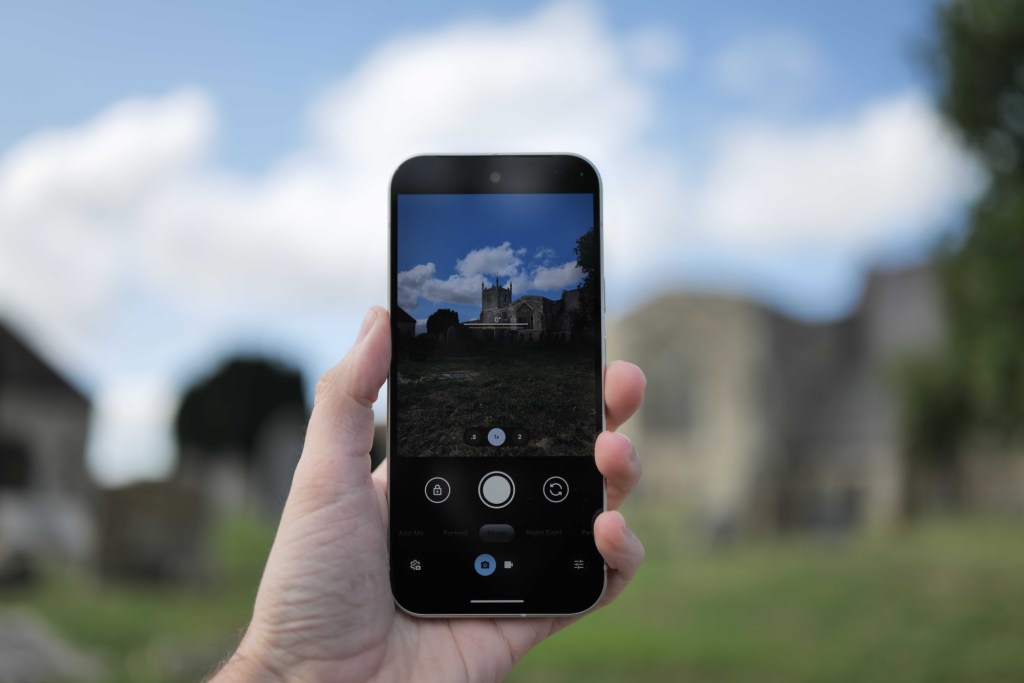
Apple has improved the battery life in the iPhone 16, thanks to the more efficient A18 chip, though specific figures haven’t been shared. The iPhone 16 supports faster 25W MagSafe wireless charging and the new Qi2 standard, offering more convenience for on-the-go users. However, the base storage option remains 128GB, which could limit users who frequently capture high-resolution photos and videos.
The Pixel 9 comes with a 4650mAh battery, slightly smaller than its Pro counterpart, but Google claims it can still deliver over 24 hours of battery life or up to 100 hours in Extreme Battery Saver mode. It supports 45W fast charging, capable of hitting 50% in just 30 minutes, and has wireless charging, although Qi2 hasn’t made the cut for this model – which means slower wireless charging.
The iPhone 16 introduces a customizable Action Button, similar to the iPhone 15 Pro, allowing users to set specific functions for quick access, such as launching the camera or activating Siri Shortcuts. The addition of the Camera Control Button and Visual Intelligence sets it apart in terms of photography, letting users engage with objects in real-time directly through their camera.
Google’s Pixel 9 continues to build on its AI-driven features, with Gemini AI now powering the Pixel’s voice assistant and other Google-exclusive tools. Gemini Live enables more natural voice interaction with AI, and the new Pixel weather app, along with Magic Lists for Google Keep, shows Google’s focus on making daily tasks smarter and more efficient.
Apple iPhone 16 vs Google Pixel 9 initial Verdict
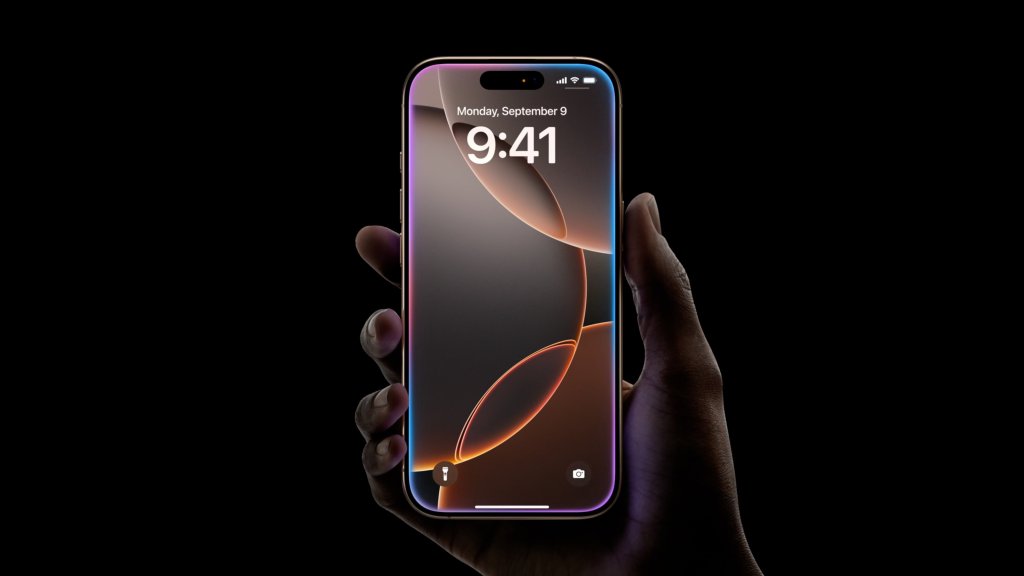
The iPhone 16 and Google Pixel 9 both represent the best of what Apple and Google have to offer in 2024. The iPhone 16 shines with its tougher display, faster A18 chipset, and new interactive photography features. On the other hand, the Pixel 9 offers a brighter display, superior AI-driven photo editing tools, and a slightly larger screen size.
Choosing between these two phones will come down to personal preference. If you prioritize durability, fast performance, and interactive camera features, the iPhone 16 might be a better choice. However, if you’re looking for a smarter, AI-powered experience with flexible photo editing and a bigger display, the Google Pixel 9 is the better pick.
